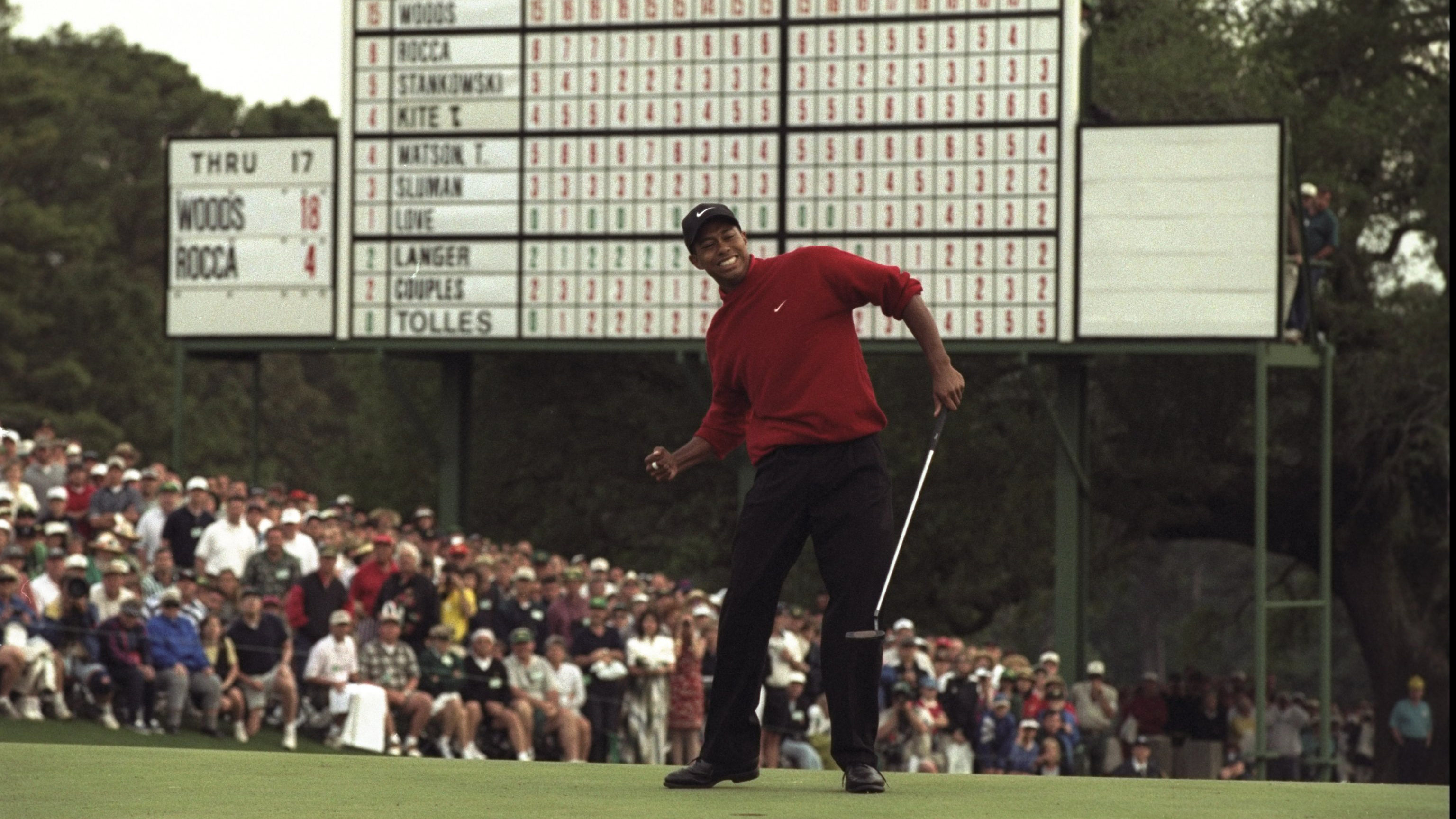
Golf has a rich history dating back over 550 years. I say over, as that’s just what we have documented. The game’s origins are certainly from well before James II had a bit of a wobbly in 1457 and told people they needed to practice their archery, rather than chapping a ball about on the links. One can see his point – taking on the Douglases with a long bow would have been considerably more effective than trying to nail them with a wooden ‘gowf’ ball.
Over the centuries, there have been a number of key moments in the history of our grand sport – the first golf club, the first rules, the first professionals… The game has continuously evolved and it continues to evolve to this day – changes to The Rules, to the handicap system or to the structure of top level competition for example. It’s a fascinating and complex game that, although one of the most historic and traditional of sports, is also ever-changing. Here we take a look at five moments that changed the course of golfing history.
Old Tom Morris uses a Gutty Ball
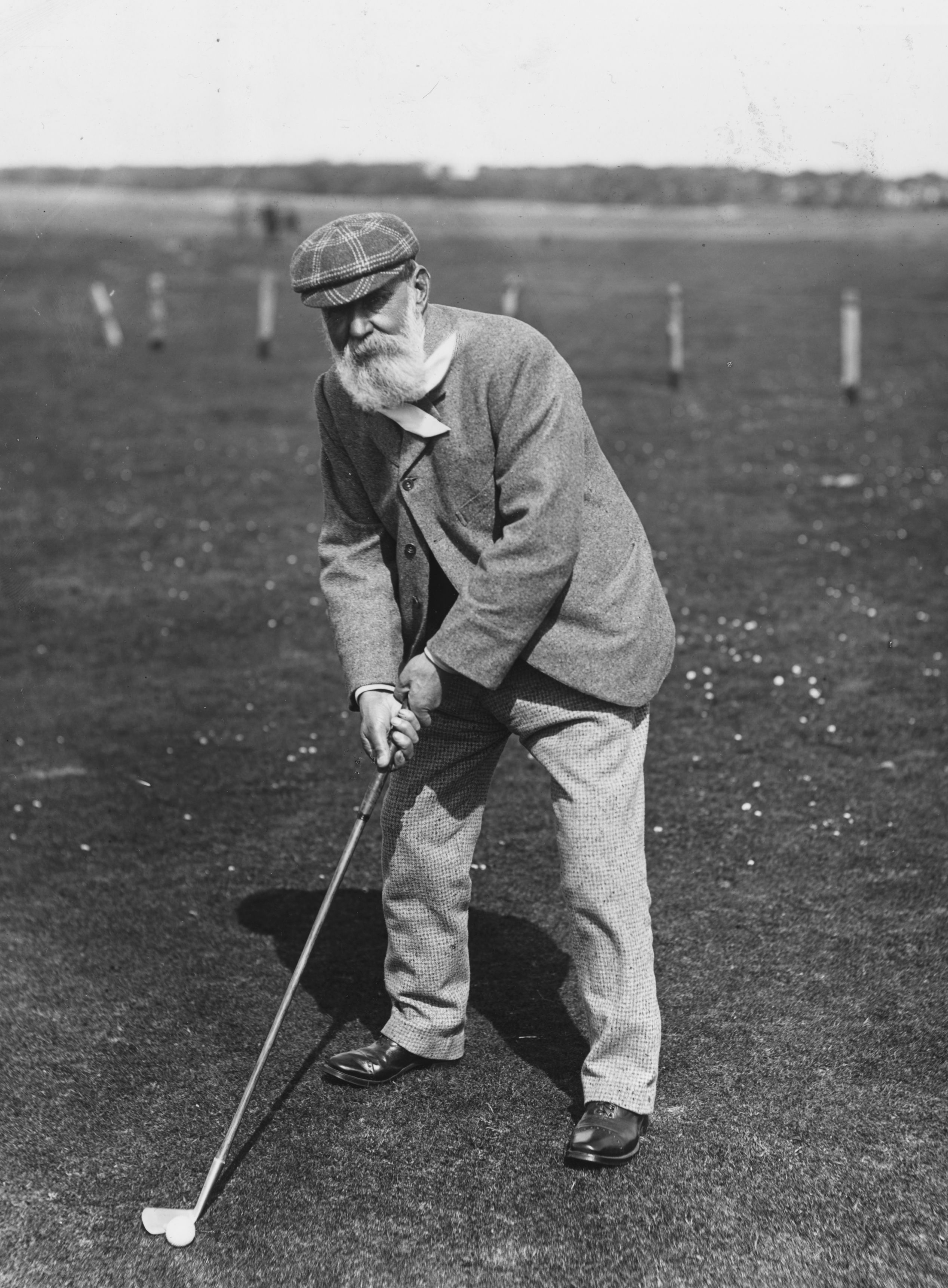
Old Tom had spent four years working as an apprentice to Allan Robertson in St Andrews. Robertson was considered the greatest of all golfers as well as a master ball-maker. His expertise was in creating the “feathery” ball and Old Tom was trained up to do likewise.
The pair won a series of foursomes matches together and were good friends until a seemingly innocuous incident changed things forever.
Playing with a Royal and Ancient Club member, John Campbell, Tom ran out of balls on the inward nine at St Andrews and John lent him a “gutty.” A new invention made of “gutta percha,” it was more durable and cheaper than the feathery. Robertson was dismayed at the arrival of the gutty as it threatened his livelihood.
As John and Tom neared the home holes, they passed Robertson heading out. Robertson spied his protégé playing the gutty and, as Tom later put it, “In such a temper cried out to me never to show face again.” And that was that.
Tom moved his family to Prestwick where he laid out a 12-hole course. Members at the new layout at Prestwick wanted to showcase their course by hosting the best players from Britain’s growing number of golf clubs. A prize belt was put up for the top finisher. The event was contested for the first time in 1860 and became an annual occurrence. It started to be referred to as – The Open Championship. Had Old Tom not been seen playing that gutty, he wouldn’t have been banished to Prestwick. He wouldn’t have laid out the course that made members so proud as to host a tournament that would become the greatest of all our sport’s championships.
Equipment advances through the years since then have changed golf dramatically – the first rubber core golf balls (the Haskel), the first steel shafts, the sand wedge, the first metal headed drivers, the first graphite shafts, the first heel and toe weighted putters, the Pro V1 … All these inventions have also changed the course of golfing history.
Walter Hagen Becomes First American Born Open Winner
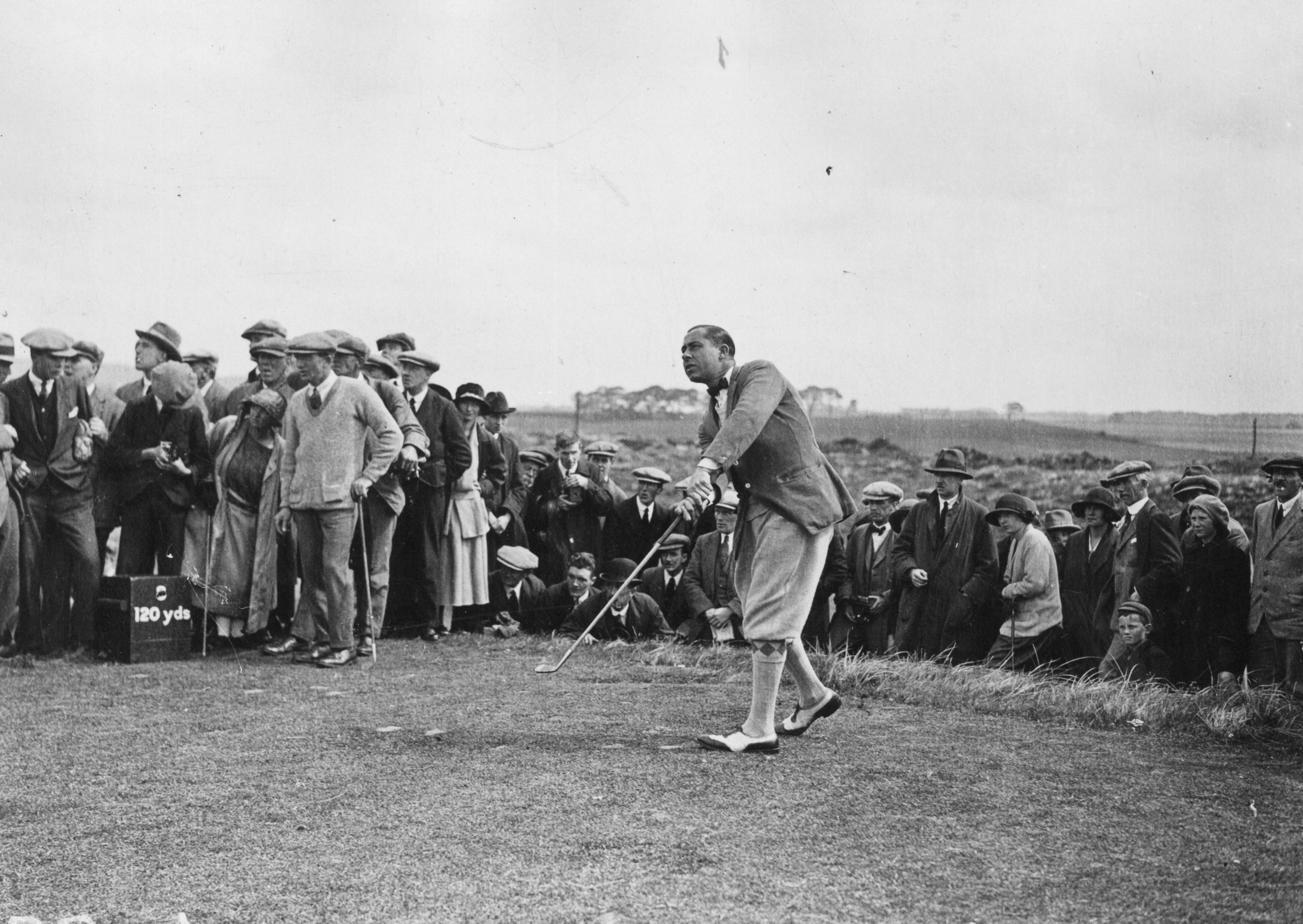
For 60 years after the first Open was played in 1860, British players were dominant, winning all but one of the championships (the one being the 1907 Open at Hoylake which was won by Arnaud Massy of France). Then, in 1920, Jock Hutchison, a naturalized US citizen, won in the town of his birth, St Andrews. Also playing that year, finishing tied for sixth was another American – Walter Hagen.
The following year at Royal St George’s Walter Hagen triumphed, becoming the first American born winner of The Open Championship. The floodgates were opened. Since that victory, The Open has been won on 44 further occasions by players from the United States (46 in total) – including the most recent at Royal Liverpool, won by Brian Harman. No country can boast more Open victories.
Always a showman and a bon viveur, Hagen played a huge role in changing the perception of golf professionals. Until his arrival on the scene, golf pros were viewed as second-class citizens. They weren’t allowed in the clubhouse, they were thought of more of tradesmen than stars of the sport. Hagen was instrumental in effecting a change.
Hagen proved to American players that they had the beating of their colleagues from the other side of the pond in their own backyard. And he proved that if players from the USA wanted to be recognised as the best in the world, they had to win events outside their home country. He also proved that professional golfers were important and popular in the public eye.
Mark McCormack Signs Up Arnold Palmer
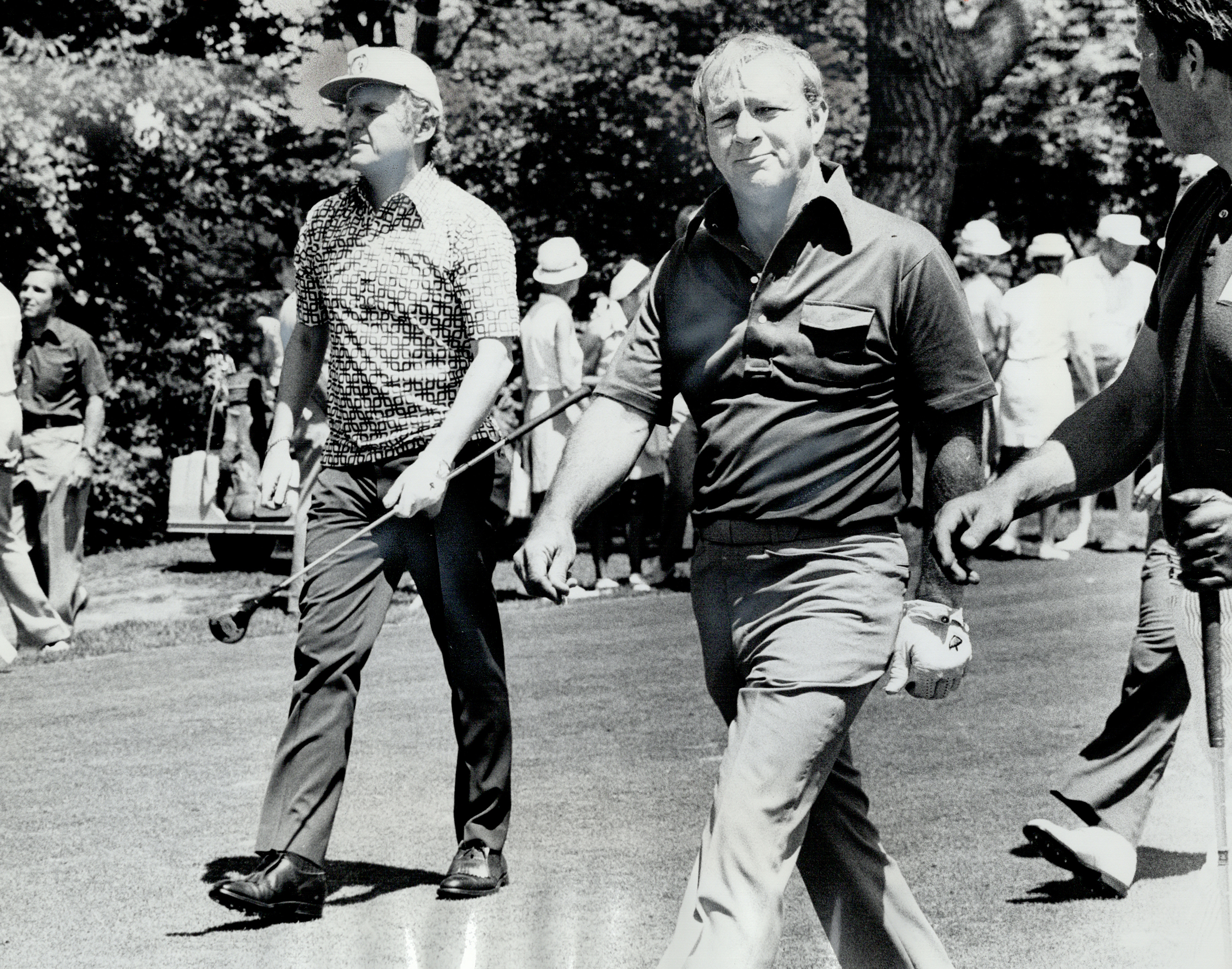
Arnold Palmer turned professional in 1954 and enjoyed early success, winning 13 times on the PGA Tour through the remainder of the 1950s, including the 1958 Masters. He was making a good living but was earning less than $10,000 a year in endorsements.
Then, in late 1959, Palmer struck a deal with a Chicagoan lawyer called Mark McCormack – He would be Palmer’s business manager. A year later McCormack founded a sports management agency called IMG, to which he would go on to sign Jack Nicklaus and Gary Player. McCormack played a key role in boosting golf’s popularity as the sport began to appear more on TV (also, in no small part, thanks to him.) He realised that Palmer was hugely marketable, and he started to negotiate deals with sponsors. After two years working with McCormack, Palmer was earning some $500,000 annually through off-course deals.
Arnold Palmer’s association with Mark McCormack and IMG signalled a massive change in professional golf. The players went from competitors who could earn a few dollars on the side by playing a certain club, or smoking a certain cigarette, to global megastars commanding huge fees for corporate appearances and commercial deals. All top players today benefit from the pioneering work done by McCormack, initially on behalf of Arnold Palmer. Prize funds have increased exponentially, sponsorship deals have become mind-bogglingly enormous and top professional golfers (and their entourages) have become extremely wealthy as a result.
Seve Ballesteros Wins the 1980 Masters
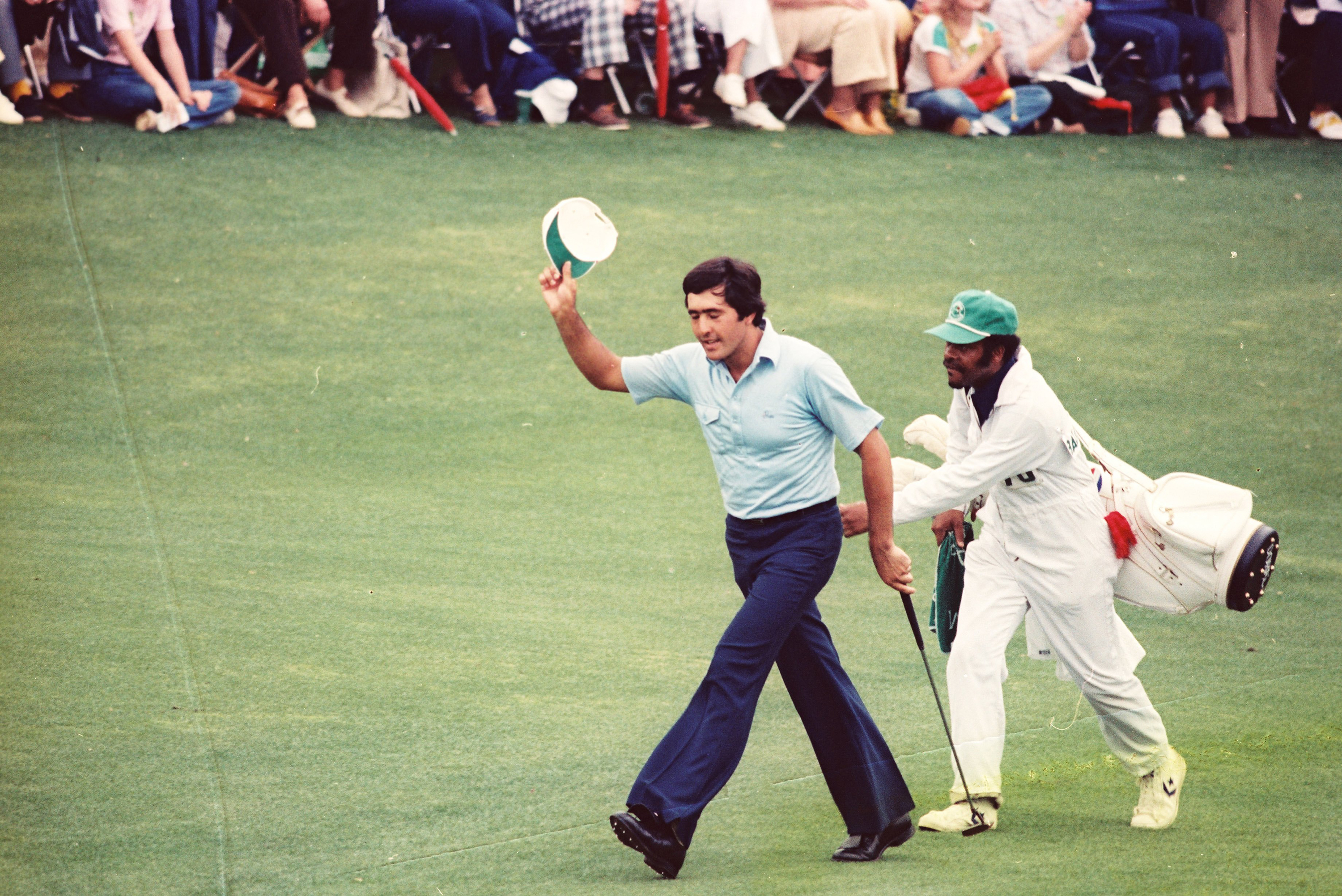
European golf had been going through something of a slump until Seve Ballesteros won the 1979 Open Championship at Royal Lytham. It was the first Major triumph for a European player since Tony Jacklin’s US Open win in 1970. Seve’s victory at Lytham was an important breakthrough, but an even more important breakthrough by the Spaniard was to come nine months later. At Augusta National, in April of 1980, 23-year-old Severiano Ballesteros became the first European to win The Masters Tournament. Despite a wobble on the back nine in the final round, Seve finished four clear, on 13-under-par.
Not only was it a huge achievement for the young Spaniard, but it was also a massive boost for European golf.
Seve’s victory provided the springboard, and the necessary belief, for European golfers to once again challenge for and win the biggest prizes in golf.
In the 1970s, the USA won 33 of the 40 Majors contested. In the 1980s that number was down to 28, in the 1990s it was just 20.
Seve paved the way for other nations to join the Major party. Faldo, Lyle, Langer, Woosnam, Olazabal – all were encouraged to think they could replicate Seve’s heroics… And they did. And the Ryder Cup – so dominated by the USA for decades – became a contest once more. Europe believed they could compete and win.
Seve’s win in the 1980 Masters Tournament signalled the beginning of the end of the USA’s outright domination of men’s professional golf.
Tiger Woods Wins the 1997 Masters

Tiger's was already the biggest name in golf when he teed it up in the 1997 Masters. He had won the US Junior Amateur three years straight and then won the US Amateur Championship three years in succession. He had turned professional, signed a series of hugely lucrative sponsorship deals and started winning on the PGA Tour almost immediately.
But it was at the 1997 Masters that it became absolutely apparent that a near super-human golfer was amongst us and would be around for some time.
Woods struggled on his front nine at Augusta in ’97, limping to the turn in 40. Perhaps the pressure of expectation was too much? No way. He raced home in 30 to post a two-under 70. He then put on the afterburners and scorched away from the field with rounds of 66 and 65. A closing 69 saw him win by a staggering 12 shots.
Until Tiger, it would have seemed inconceivable in the modern game that a player could win The Masters by such a margin. But Tiger was a little bit special.
Tiger changed golf. He changed the way the public thought about golf, he changed the technique, he changed the financial scope of the sport, he changed the players’ approach to fitness and practice. He inspired new generations of stars. On all levels, he raised the game.
For the last 26 years, Tiger has either dominated golf or the golfing headlines. Over three decades, he has filled more column inches than almost all other golfers combined. In the history of the game, the career of no other player has so fundamentally changed the course of golfing history. At the 1997 Masters, Tiger pulled a lever to send our sport hurtling along a newly laid set of tracks, headed for fresh and far off destinations.







